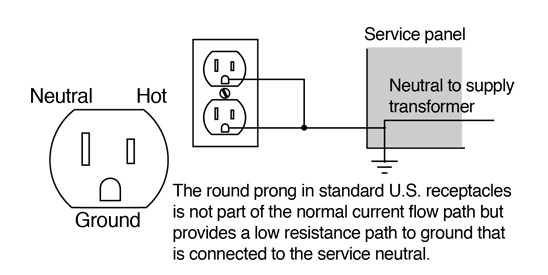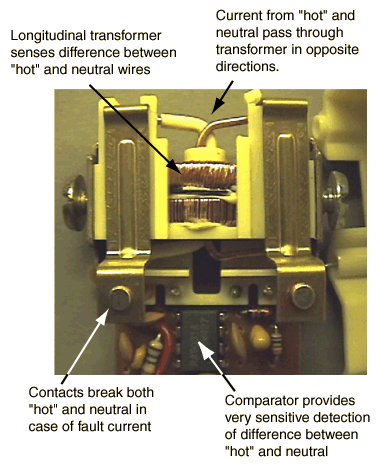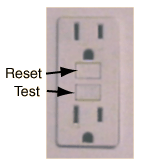Medical Equipment Safety
While the nature of the risks of electric shock are similar in a medical setting to those in household environments, there are some differences that lead to what are called "microshock hazards" which require extra precautions in a healthcare setting. Since the actual electrical current necessary to pose a threat to a patient is very low, it is appropriate to control any electrical sources more carefully than in a home. Any electrical conductor which passes inside the body like a pacemaker lead or electrical connections in good electrical contact with the body like ECG electrodes provide a low electrical resistance path into the body. Generally the beds in which patients lie have metal frames and are grounded, so that if the patient's body is in contact with bare metal there is a path to ground to complete the electrical circuit and allow electric current to flow through the body.
The primary protection against situations that might present a shock hazard is to make sure that all pieces of electrical equipment used with a patient is properly grounded so that there are no voltages presented by the equipment. The ground wire makes sure that any exposed metal parts of equipment have a very low resistance path to the electrical system's ground. In the U.S. this is accomplished by three-prong receptacles with a dedicated ground connection.

In most cases, a proper ground wire provides electrical safety, but there are situations where an electrical malfunction can provide a path for a small current to flow to the exposed parts of a piece of electrical equipment without conducting enough current to trip the circuit breaker and interrupt the circuit. To protect against such conditions, circuits involved with direct contact with a patient can be further protected by the use of a circuit with a ground fault interruptor.
 |  |
Since no current should normally flow through the ground wire, doing a sensitive test of the current in the ground wire provides a safety check and the ground fault interruptor then interrupts the circuit if such a current is detected.
With proper maintenance of the electrical equipment, the proper application of grounding and use of ground fault interruptors should provide a safe environment.
Health-related applications
Voltage concepts
Practical circuit concepts
Reference
Nave & Nave
Ch 14
| HyperPhysics*****Electricity and magnetism | R Nave |